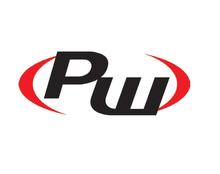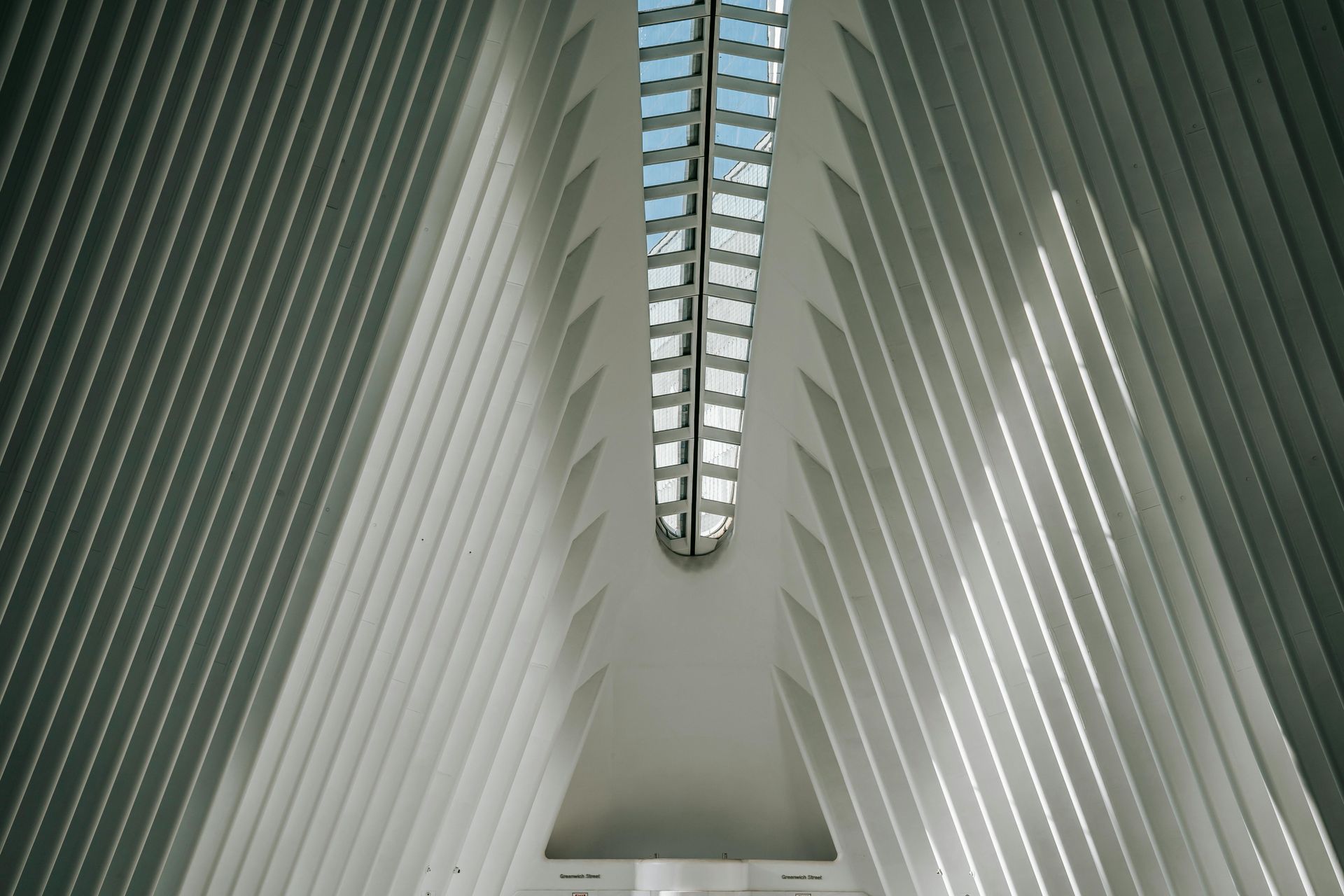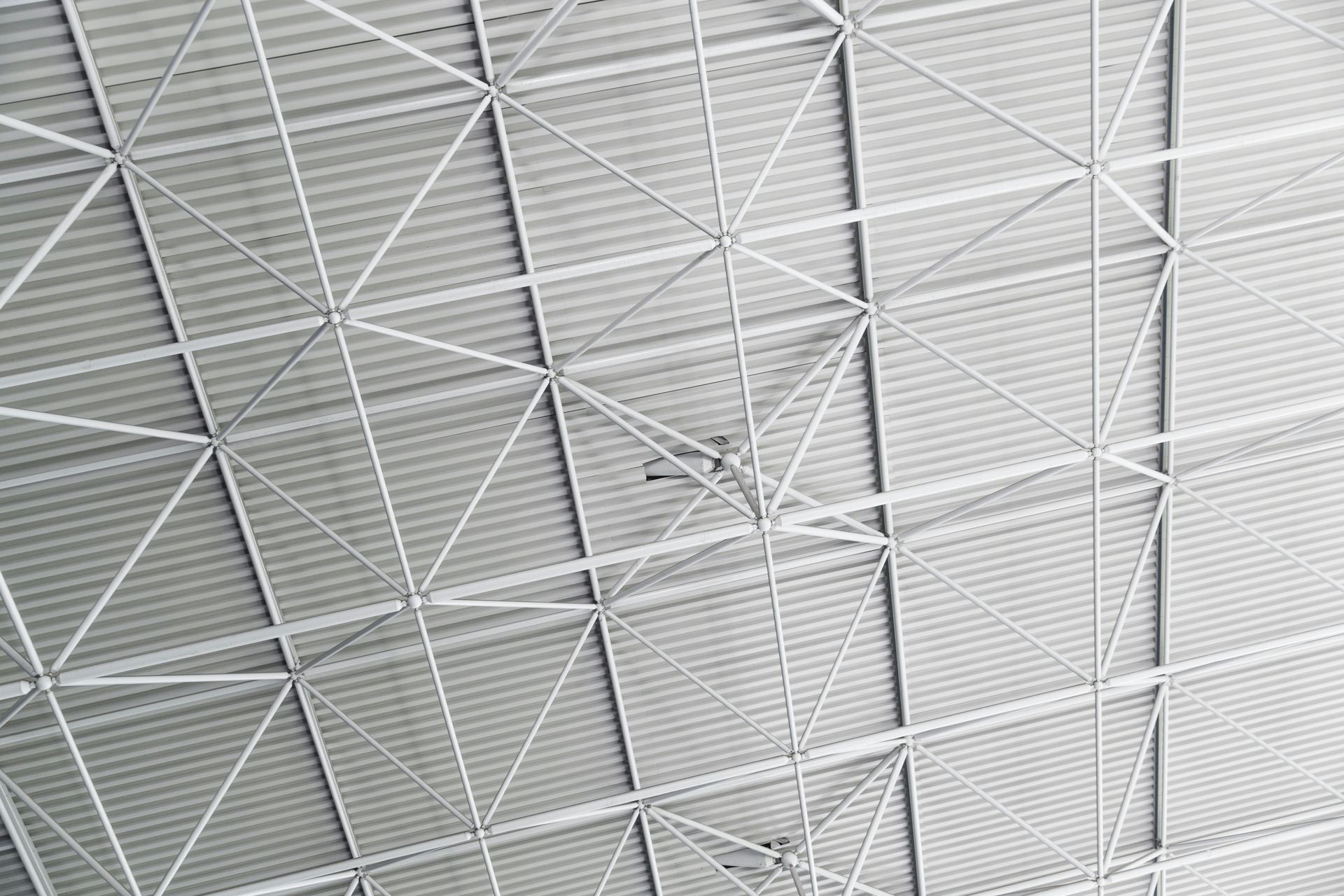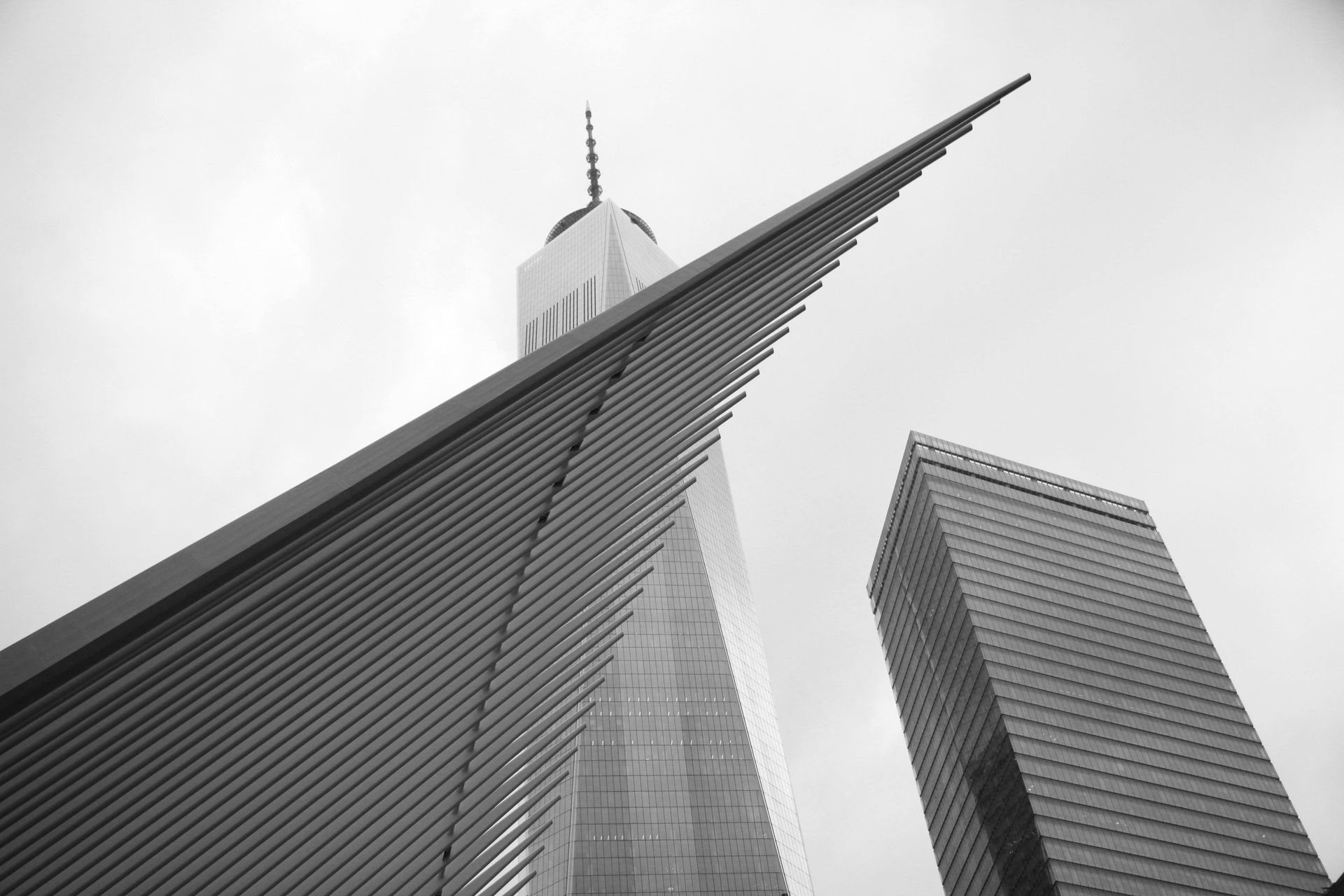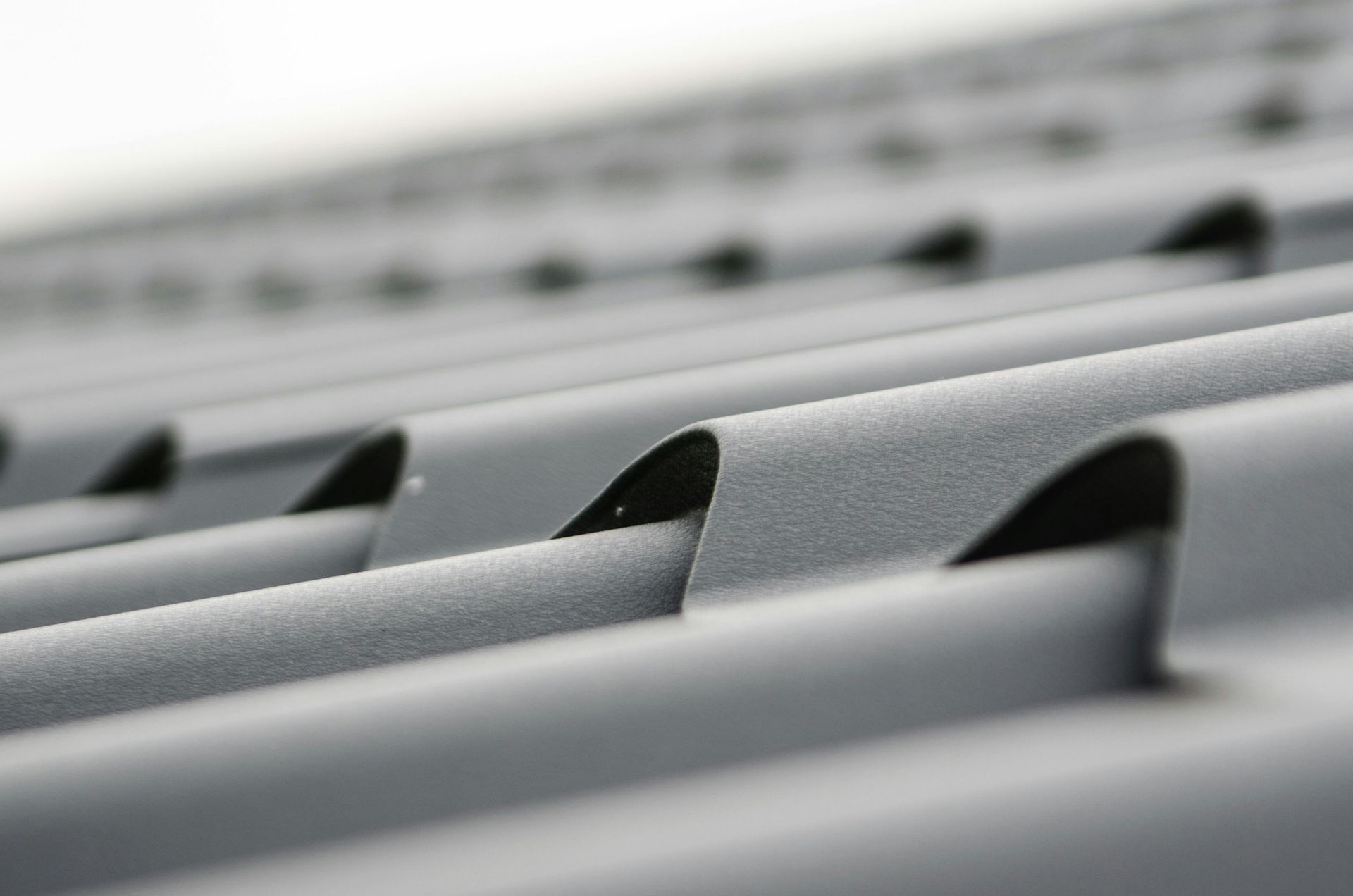Purlin Roof
Purlin Roof
In the ever-evolving world of construction and architecture, the choice of roofing systems can significantly impact the durability, aesthetics, and overall performance of a building. Among the myriad options available, purlin roofing stands out as a reliable and efficient solution that has gained popularity across various sectors. This article delves into the intricacies of purlin roofing, exploring its components, benefits, applications, and installation processes. By the end, you will understand why purlin roofing is not just a choice but a strategic investment for any construction project.
Understanding Purlin Roof
Purlin roof utilizes horizontal beams known as purlins to support the roof covering. These purlins are typically made from steel, aluminum, or timber and are installed parallel to the roof's slope. They serve as a critical support mechanism for the roof sheeting, distributing weight and providing stability. The design of purlin roofing allows for larger spans between supports, reducing the need for additional structural elements and thus optimizing material usage.
One of the primary advantages of purlin roofing is its versatility. It can accommodate various types of roofing materials, including metal sheets, tiles, and membranes. This adaptability makes it suitable for a wide range of applications, from industrial warehouses to residential homes. Furthermore, purlin systems can be easily customized to meet specific design requirements, ensuring that they align with the architectural vision of any project.
The structural integrity of purlin roofing is enhanced by its ability to withstand various environmental factors. Whether it’s heavy snow loads, high winds, or seismic activity, purlins are engineered to provide robust support. This resilience not only prolongs the lifespan of the roof but also ensures safety for occupants and valuable assets housed within the building.
Benefits of Purlin Roof
The advantages of purlin roof extend far beyond its structural capabilities. One of the most compelling benefits is its cost-effectiveness. By minimizing the amount of material required for support structures, purlin roofing can significantly reduce construction costs. This efficiency is particularly beneficial for large-scale projects where budget constraints are paramount.
Additionally, purlin roofing systems are relatively lightweight compared to traditional roofing methods. This characteristic simplifies transportation and installation processes, leading to reduced labor costs and shorter project timelines. The ease of installation also means that construction teams can allocate resources more effectively, focusing on other critical aspects of the project.
Another noteworthy benefit is energy efficiency. Many purlin roofing systems incorporate insulation materials that enhance thermal performance. This feature helps regulate indoor temperatures, reducing reliance on heating and cooling systems and ultimately lowering energy bills. For environmentally conscious builders and homeowners, this aspect aligns perfectly with sustainable building practices.
Moreover, purlin roofing offers excellent durability and low maintenance requirements. High-quality materials used in purlin construction are resistant to corrosion and weathering, ensuring that roofs remain functional for decades with minimal upkeep. This longevity translates into long-term savings for property owners who would otherwise face frequent repairs or replacements with less durable roofing options.
Applications of Purlin Roof
Purlin roof is incredibly versatile and finds applications across various sectors. In commercial construction, it is commonly used in warehouses, factories, and retail spaces due to its ability to span large areas without compromising structural integrity. The open design allows for flexible interior layouts, making it easier to adapt spaces for different business needs.
In the agricultural sector, purlin roofing is a popular choice for barns and storage facilities. The robust nature of purlins can support heavy loads from equipment and livestock while providing ample ventilation—an essential factor in maintaining a healthy environment for animals and crops alike.
Residential applications are also on the rise. Homeowners are increasingly opting for purlin roofing systems in their new builds or renovations due to their aesthetic appeal and functional benefits. With various finishes available, homeowners can achieve a modern look while enjoying the practical advantages that come with this roofing style.
Furthermore, purlin roofing is gaining traction in eco-friendly building projects. As sustainability becomes a priority in construction, many builders are turning to materials that offer both performance and environmental benefits. Purlins can be sourced from recycled materials or designed to accommodate green roofs, making them an ideal choice for eco-conscious developments.
Installation Process of Purlin Roofing
The installation process of purlin roofing is straightforward yet requires careful planning and execution to ensure optimal performance. Initially, a thorough assessment of the building's design and load requirements is conducted. This step is crucial in determining the appropriate size and spacing of the purlins.
Once the design parameters are established, the next phase involves preparing the framework. This includes erecting vertical supports or columns that will carry the purlins. Precision is key during this stage; any misalignment can lead to structural issues down the line.
After the framework is in place, the purlins are installed horizontally across the supports. They are typically secured using bolts or welding techniques to ensure stability. Following this, the chosen roofing material is laid over the purlins, completing the assembly.
It’s essential to adhere to local building codes and regulations throughout this process. Engaging experienced professionals who specialize in purlin roofing can further enhance the quality of installation, ensuring that your roof performs optimally for years to come.
Final Thought
In conclusion, purlin roofing represents a smart choice for anyone involved in construction or renovation projects. Its combination of cost-effectiveness, durability, versatility, and energy efficiency makes it an appealing option across various sectors—from commercial buildings to residential homes and agricultural facilities. As you consider your next roofing project, remember that investing in a purlin roofing system is not merely about covering a structure; it's about enhancing its longevity and functionality while embracing modern building practices. Choose wisely; choose purlin roofing for your next endeavor!

